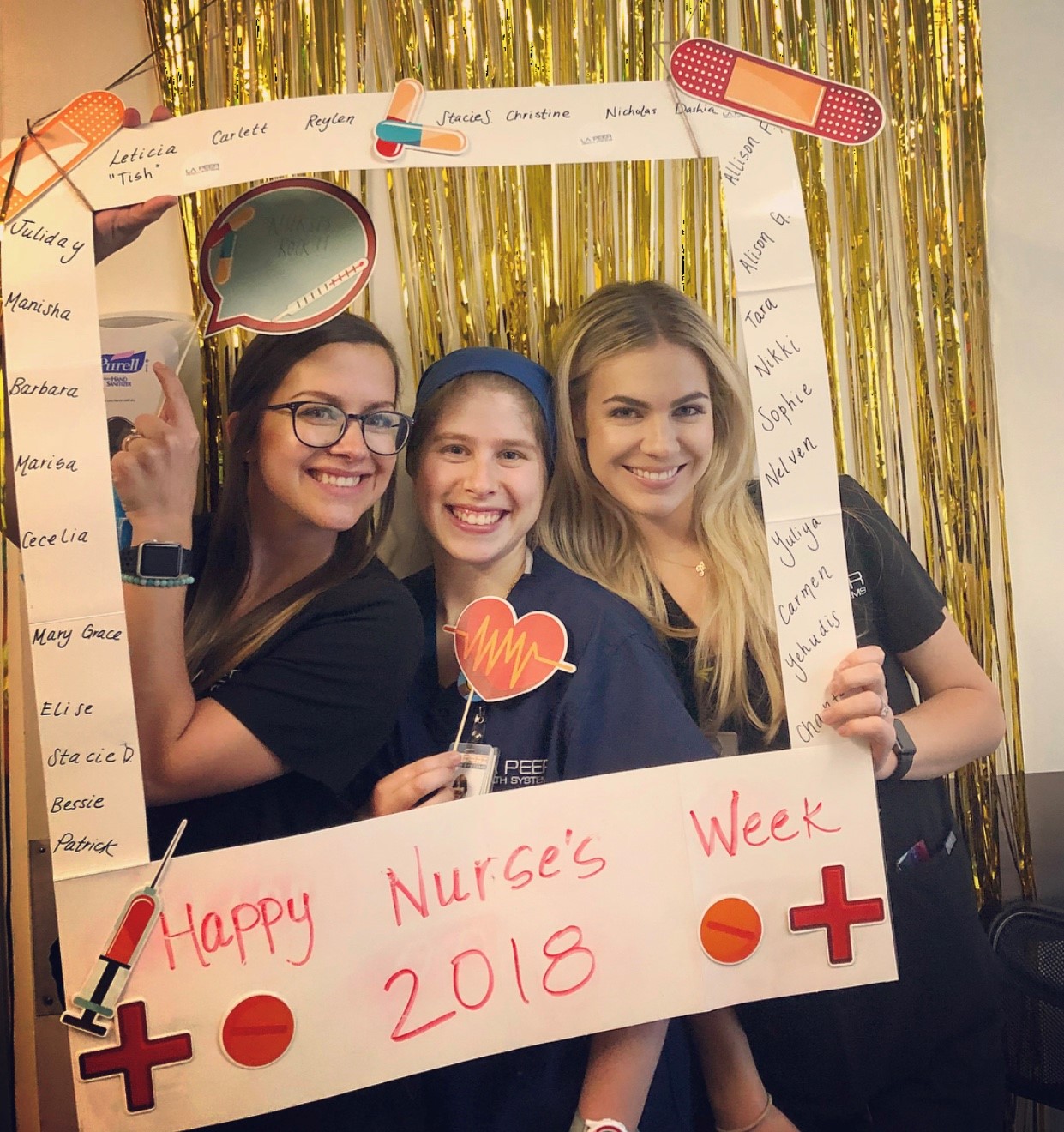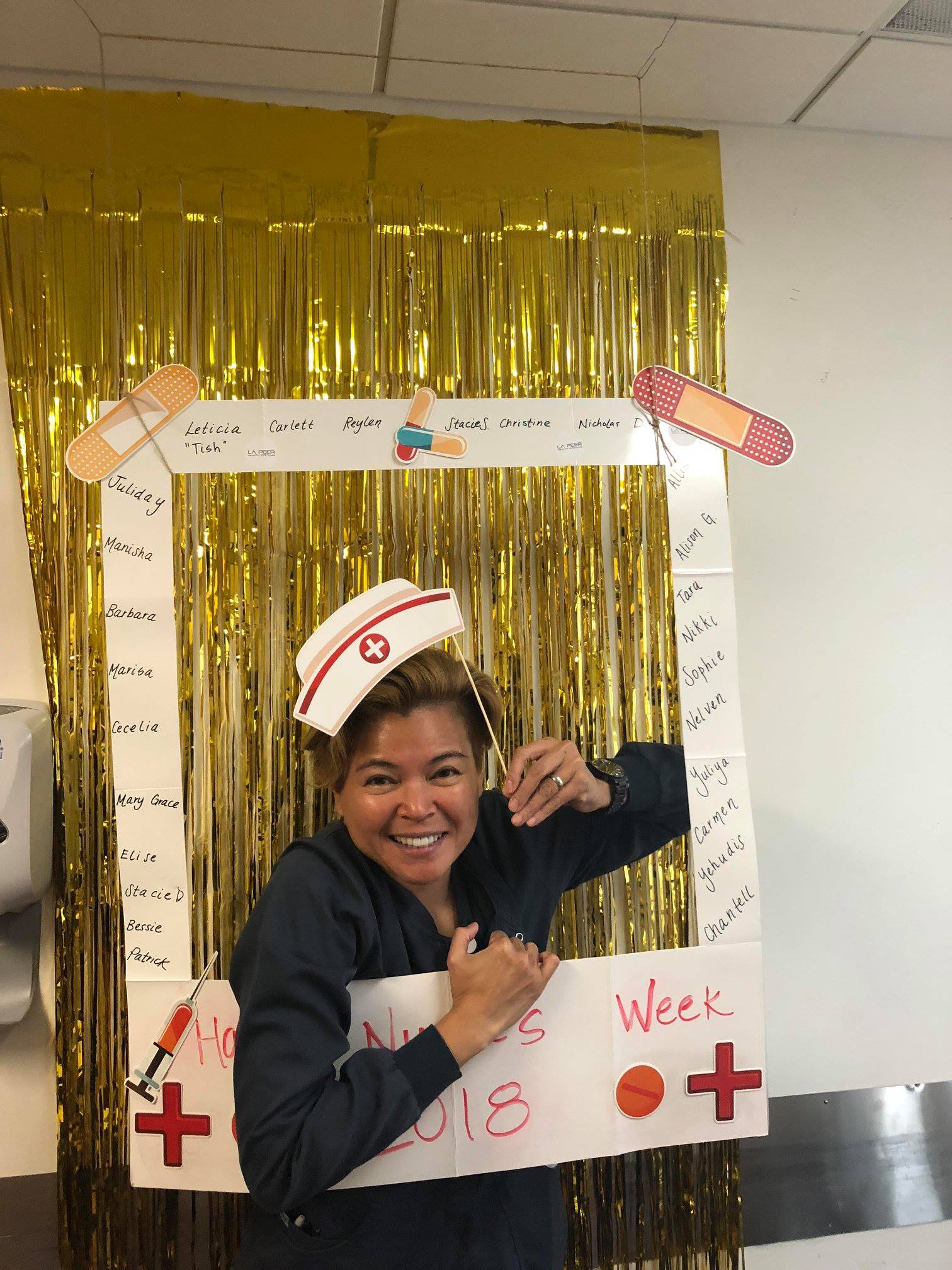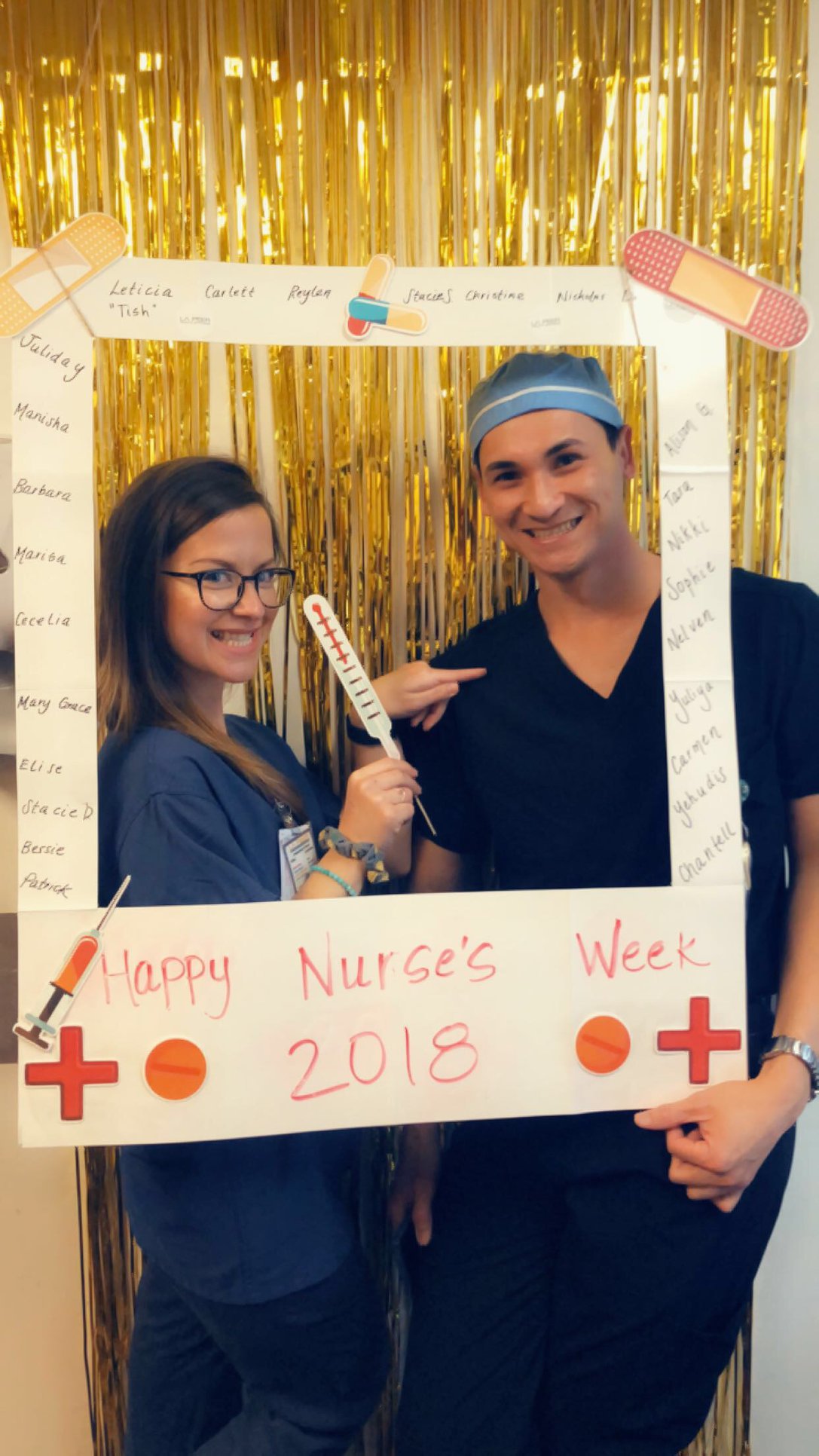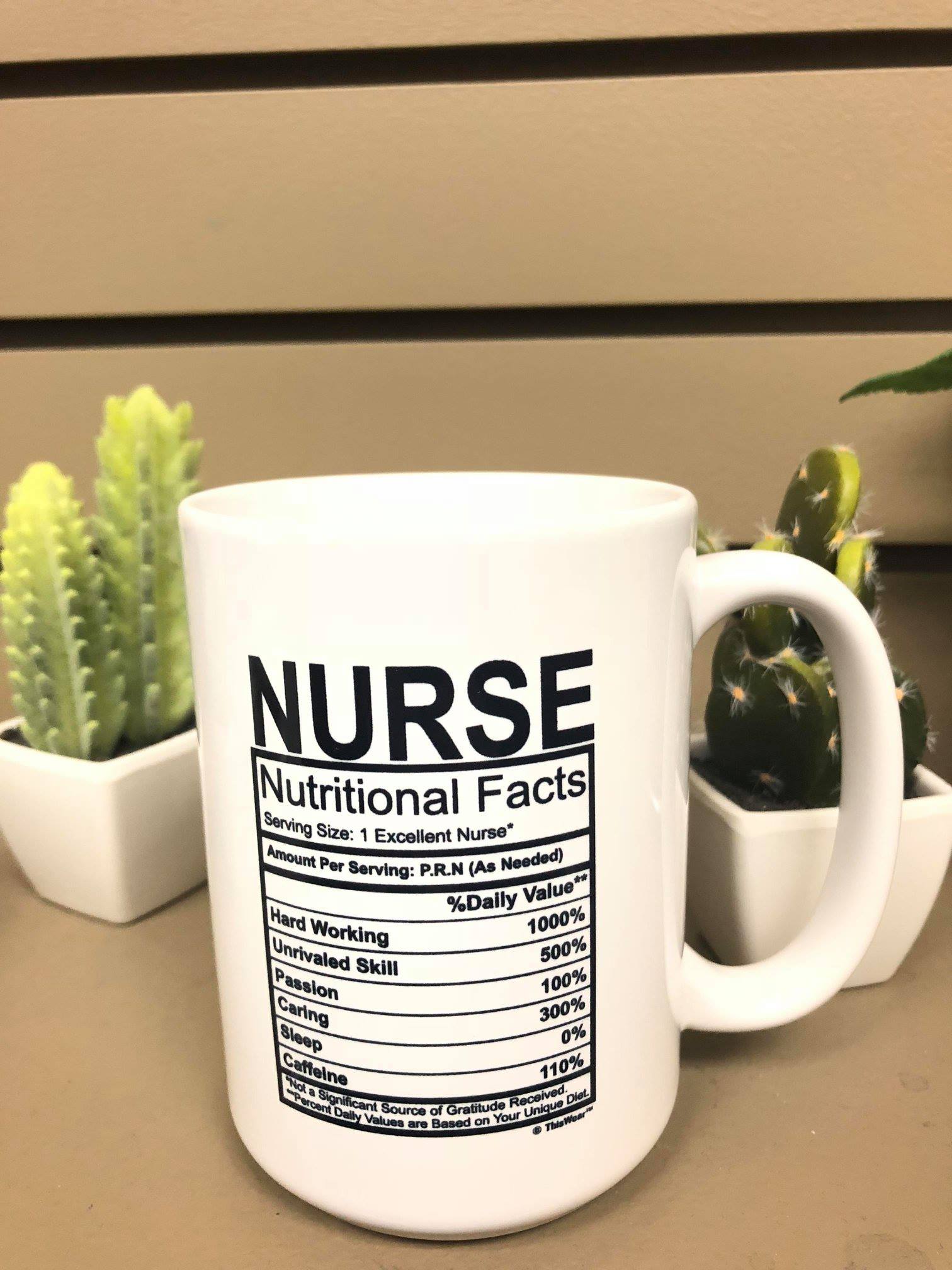Regular exercise is the key to orthopedic health, as strong muscles ensure strong bones. Exercise not only has physical benefits but also has emotional and social benefits. A number of activities including running, swimming, golfing, tennis, weight lifting, hiking, and even walking can be safely pursued to enhance your orthopedic health. What if you want to embark on a regular fitness plan or have a medical diagnosis that may affect your ability to exercise regularly? It is always a good idea to see your physician for a check-up if you have any injuries or a chronic or unstable health condition, such as heart disease, asthma, high blood pressure, diabetes, a joint or bone disease (e.g., osteoporosis), or a neurological illness (e.g., stroke). This is especially true if you haven’t been active recently. It is imperative that you resist the urge to go full steam ahead into vigorous workouts, as this is a surefire way to overexert yourself and wind up with injuries. As the overall goal is to remain healthy and free of injuries, the following list discusses summer exercising tips to safely promote orthopedic health.
Maintain your equipment and dress appropriately
You don’t have to purchase expensive workout gear, but you should choose the appropriate clothing and athletic shoes for the activities you’ve chosen. You should wear light-colored and comfortable clothing that are loose-fitting and allow for free movement. Lightweight, breathable materials made of cotton or moisture-wicking materials are the best when exercising in hot weather. You should replace your athletic shoes as their cushioning wears out, every 6 months or possibly sooner if doing high-impact exercise such as running. It may be necessary to invest in protective equipment, such as a helmet or reflective clothing, and don’t forget to maintain your equipment and check it regularly for your comfort and safety.
Be aware of the weather
Warm summer weather is conducive to outdoor exercise for the promotion of orthopedic health, but exercising in the heat requires extra precautions. In general, the sun’s ultraviolet rays are at their most intense between 10 a.m. and 4 p.m. Vigorous exercise between these hours can lead to dehydration, heat exhaustion, and even heat stroke. It makes sense to take advantage of the cooler early morning or evening hours when the sun is less intense or exercise at an air-conditioned facility.
If you’re exercising outside, wear a hat and sunglasses as well as sunscreen to protect your face and eyes from the sun’s harmful rays. It is recommended that sunscreen be applied 30 minutes prior to going outdoors and reapplied every 2 hours for prolonged exercise.
Always warm up and cool down
You should always have a warm-up routine of 5 to 10 minutes to prepare for exercise, even before stretching. A warm-up period gets your blood flowing, increases your heart rate, and loosens structures such as muscles, tendons, ligaments, and joints, all of which help your body adjust to the demands you will be placing on it during exercise. Likewise, every workout session should end with a cool-down period. Some exercise experts insist it be twice as long as the warm-up period. You should decrease your pace and movement until you eventually cease to exercise. This allows both your heart rate and breathing to normalize as well as the cessation of sweating.
Don’t forget to stretch
A stretching routine before you move onto your actual workout will help increase your flexibility and maximize the benefits of your fitness routine as well as orthopedic health. The best time is after a warm-up period, as you can injure yourself by stretching cold muscles. The stretches should be slow, deliberate, and controlled, holding each stretch for 10 to 20 seconds (no more than 30 seconds) before a slow release. It should be noted that you should never stretch to the point of pain or bounce during a stretch. Just as you require a cool-down period after exercise, the performance of slow stretches is required after or during your cool down.
Stay hydrated
Drink plenty of water before, during, and after your workout, which should prevent dehydration, heat exhaustion, and even heat stroke. You could lose as much as 1 ½ liters of fluid for every hour of exercise. A general rule of thumb is to drink 16 ounces of water 15 to 30 minutes before commencing exercise and another 16 ounces after your cool-down period. A quick sip of water every 20 minutes or so during exercise will also help you stay hydrated. For most people, simply drinking plenty of water is sufficient, but rigorous exercise for prolonged periods may require sports drinks that replenish both fluids and essential electrolytes.
Be aware of your body and listen to what it is saying
You should pay attention for signs and symptoms of exhaustion or dehydration, which may include dizziness, nausea, confusion, or irritability. Avoid vigorous exercise when you’re ill or are extremely tired. If you stop exercising for a while, resume your workouts at a lower level initially. For example, if you’re doing strength training, lift lighter weights or do fewer repetitions. By all means, stop or shorten your exercise session if you feel you cannot finish or if something doesn’t feel right.
It’s not unusual for your muscles to feel sore for 12 to 24 hours after a satisfactory workout, which gradually resolves. On the other hand, if pain occurs during your workout session or immediately afterward, you should consult your physician. The same holds true for muscle soreness persisting for more than 1 to 2 weeks. Not listening to your body is the quickest way to not only disrupt your orthopedic health but also your overall health.
Add variety for balanced fitness
Unless you have been exercising avidly, you should plan on starting slowly and boosting your level of exercise gradually. Try your best to develop a balanced fitness routine incorporating strength training, cardiovascular exercise, and flexibility. This not only provides a total body workout but also reduces the chances of boredom with your exercise routine. Remember, your body will adapt if you do only one type of exercise, which decreases the overall benefit of that particular exercise as well as your orthopedic health. Experimenting with a variety of sports and/or exercises also reduces the risk of overtraining and your chances of injury. For example, mix weight lifting with wind sprints or pickup basketball and yoga or Pilates. According to guidelines from the U.S. Centers for Disease Prevention and Control, each week you should aim for a total of 150 minutes of aerobic exercise at moderate intensity or 75 minutes at high intensity, plus a minimum of two strength training sessions.
Pay attention to your form
It is imperative that you get the technique right from the beginning, ensuring the correct use of your muscles. For strength training, proper form is crucial and not heeding this warning may result in muscle overuse and other types of injuries. You should progress through the full range of motion with each repetition or set and breathe with regularity to maintain the blood supply to the brain and prevent spikes in your blood pressure. It’s a good idea to use lighter weights when learning a particular exercise and never rush to complete a repetition or set or struggle lifting heavier amounts of weight. It may be worth the investment to consult a personal trainer as you embark on your personal fitness journey.
Don’t forget to rest
You should rest at least 1 day between strength training sessions to allow for muscle recovery and optimal orthopedic health. Remember, fatigue and/or pain are excellent reasons to refrain from exercising. If you are experiencing pain, do not resume your fitness regimen until the pain has subsided.
Be safe and aware of your surroundings
Many individuals take to the outdoors for summer exercise, whether it be hiking, walking, running, or biking. You should keep your wits about you if exercising in secluded areas and/or at night. Ask a friend to accompany you or take your dog and frequent well-lit areas. In addition, wear bright or light-reflective clothing so drivers can see you, especially at night.
Your orthopedic health and fitness level is dependent on you getting regular exercise. The above tips can help you approach a fitness plan sensibly to enhance your well-being without pain or injury. Remember, it’s imperative that you exercise wisely and progressively increase the length and intensity of your exercise sessions, which should go a long way at keeping you engaged, challenged, and safe.











